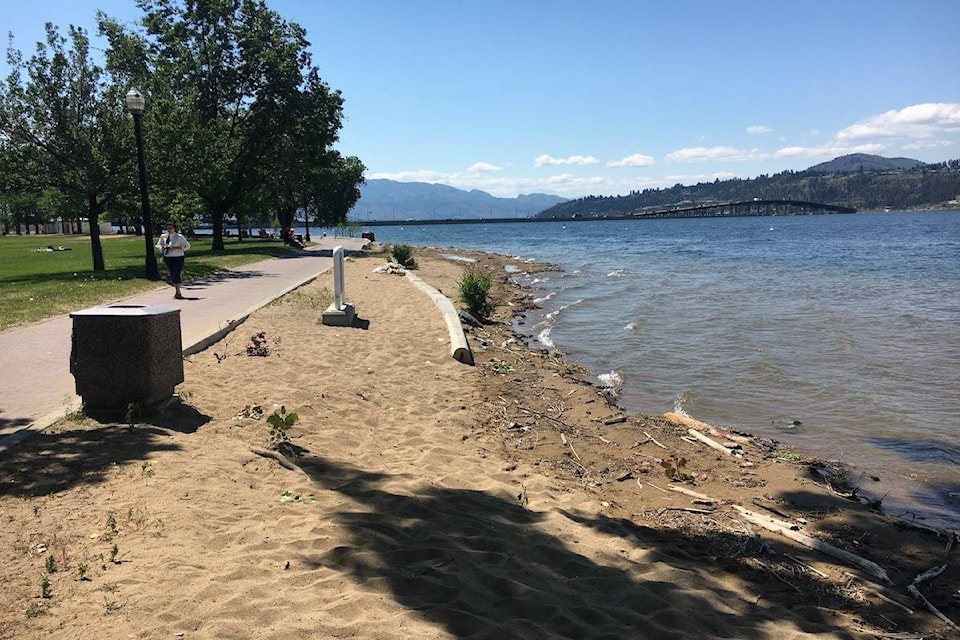A very high snow pack for the Okanagan could result in an increase in seasonal flooding.
According to the River Forecast Centre’s April snow survey and water supply bulletin, the Okanagan snow basin is at 152 per cent of normal, tied with April 1999 for the highest snow pack dating back to 1980. Continued increases in snow basin indices are likely to occur as a result of La Niña weather patterns.
The increase, the centre said, indicates an increased risk of seasonal flooding.
“The Okanagan is at 152 per cent. It’s the highest of any basing alongside the Similkameen,” said Jonathan Boyd, River Forecast Centre hydrologist. “Snow pack is only one element of flood risk.”
Intense or prolonged rainfall could also result in an increase in flooding, as evidenced across the Okanagan last spring. Despite the floods that wreaked havoc across the Okanagan Valley last spring, the Okanagan snow basin index saw a near-normal rating of 105 per cent.
“It’s significantly higher this year than last year,” Boyd said.
However, the statistics don’t mean that the region is certain to see flooding this year.
“An extreme snow pack may not result in flooding if the melt is relatively slow and drawn out,” Boyd said. “The risk of flooding increases, however whether or not flooding actually occurs depends on melt patterns.”
If the Okanagan Valley sees a quick increase in temperature, though, the result would be a very high risk of flooding, he said.
And, given the current La Niña conditions, the risk is unlikely to falter prior to the melt season.
Seasonal volume runoff forecasts are also considered well above-normal at more than 130 per cent for the Okanagan.
Shaun Reimer, section head for public safety and protection with the Ministry of Forests, Lands and Natural Resource Operations, said they are monitoring the levels of Okanagan Lake.
“We’ve been dropping the lake by half-a-centimetre per day,” Reimer said. “What we’ve been doing is really trying to hit those target levels. We’ve been manipulating the flow to continue to ensure that happens.”
Currently, the Okanagan Lake is 40cm lower than this time last year, Reimer said.
Meanwhile, in the South Thompson region, which includes Salmon Arm, the snow basin is near normal at 109 per cent. South Thompson runoff forecasts are also considered near-normal.
However, Boyd estimates the levels in Salmon Arm and the Shuswap to be closer to that of the Okanagan, at an estimated 130 per cent of normal.
“I’d say the South Thompson may be under represented just a little bit,” Boyd said, adding that the regional numbers are based on a variety of different basins with varying results.
“It still could flood depending on weather conditions.”
Fires from the devastating 2017 summer have affected many watersheds across the province, though Boyd said that is not a cause for concern in the Okanagan-Shuswap.
The April bulletin, Boyd said, is the the key survey for assessing the impact of snow pack on water supply and flood risk. The Centre continues to monitor conditions and will update their reports in the May bulletin, scheduled for release May 7.
parker.crook@vernonmorningstar.com
Like us on and follow us on .



